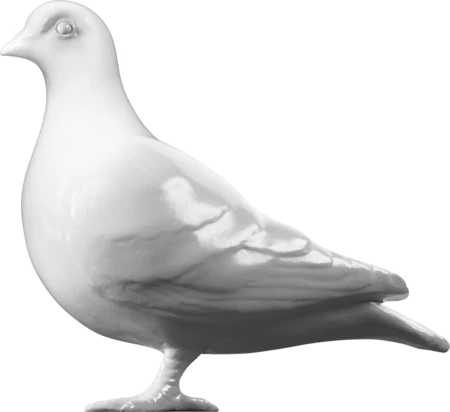Fashion — 1743-1750
Dress
The dress is made of yellow silk taffeta, which is brocaded. This means that the flower design is not embroidered, but woven into the fabric. The skirt of this gown is attached to the bodice at the back and side, the front part of the skirt is held up by strings tied around the waist.
Underneath her gown a lady wore a long shirt or 'chemise', which was usually made of linen and was the only item of clothing that would have been washed frequently. Over the chemise, the lady put on her corset or 'stays'. The gap between the two sides of the bodice of the dress was filled with a stomacher, a triangular piece of fabric that could be highly ornamented. The stomacher and dress were pinned together, a task often performed by the lady's maid.
The 'New and Complete Dictionary of Art and Sciences' defined a pin in 1764 as 'a little necessary implement made of brass-wire, used chiefly by the women in adjusting their dress'.
The stomacher, neckerchief and sleeve ruffles are reproductions.
- Category:
- Fashion
- Object ID:
- A7567
- Object name:
- dress
- Object type:
- Artist/Maker:
- —
- Related people:
- Related events:
- Related places:
- Production date:
- 1743-1750
- Material:
silk, linen, baleen
- Measurements/duration:
- L 1290 mm (dress back), L 340 mm (bodice), L 910 mm, C 2910 mm (skirt), L 420 mm, C 420 mm (sleeve), L 150 mm (cuff), W 280 mm (back), C 770 mm (bust), C 680 mm (waist), C 1630 mm (hips)
- Part of:
- —
- On display:
- —
- Record quality:
- 100%
- Part of this object:
- —
- Owner Status & Credit:
Permanent collection
Seymour Lucas Collection
- Copyright holder:
digital image © London Museum
- Image credit:
- —
- Creative commons usage:
- —
- License this image:
To license this image for commercial use, please contact the London Museum Picture Library.

